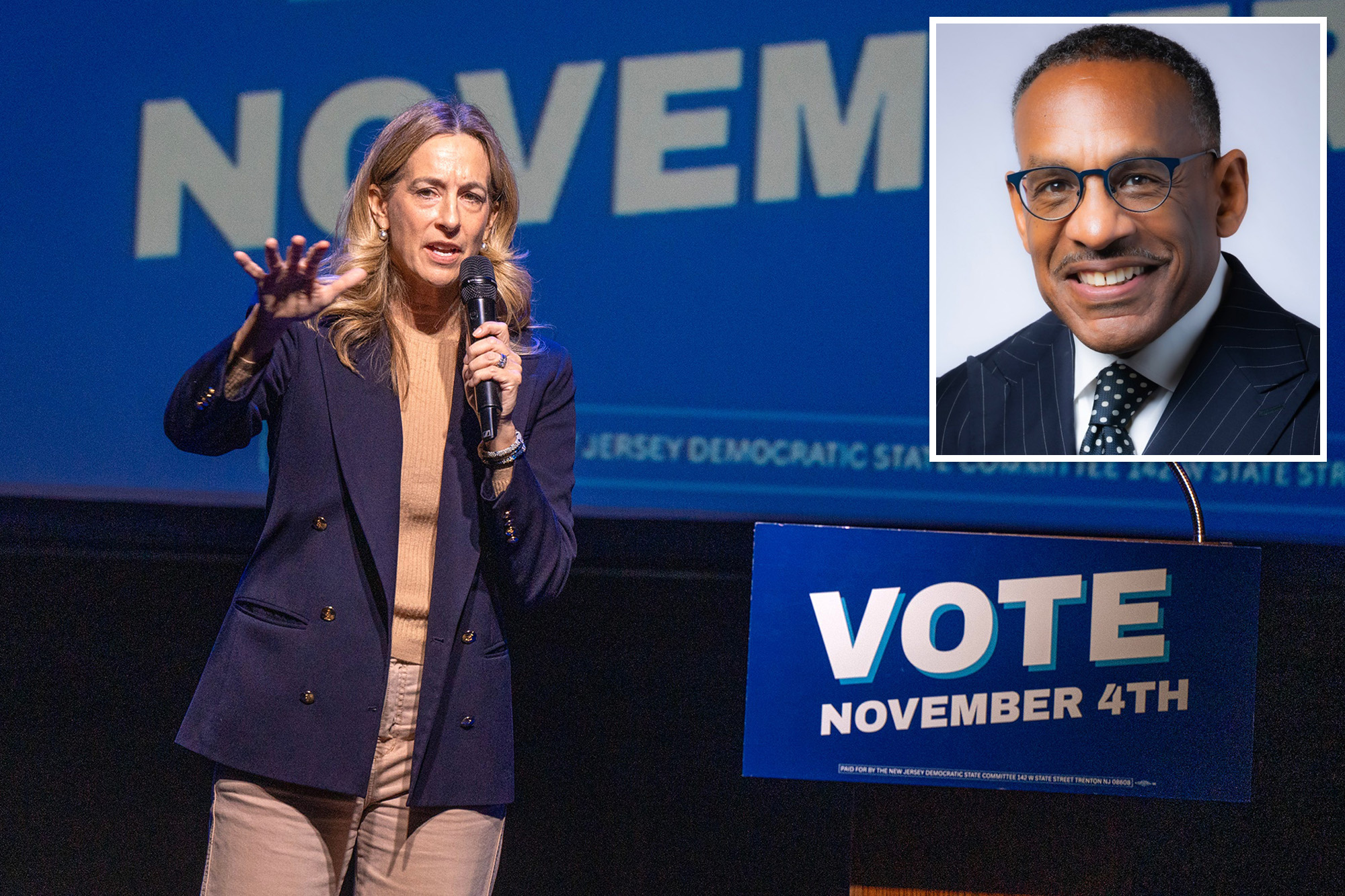
A Shift in the Political Landscape of New Jersey
New Jersey has long been seen as a stronghold for the Democratic Party, but recent developments suggest that the state is becoming increasingly competitive. LeRoy Jones, Jr., the chairman of the New Jersey Democratic Party, recently acknowledged this shift during a campaign event with Rep. Mikie Sherrill. He described the Garden State as a “battleground state,” highlighting the growing tension between Democrats and Republicans.
Jones’ remarks came during a rally in Clifton, New Jersey, where he emphasized national issues over local concerns. “Thank you so much for joining us here in New Jersey, the epicenter of our democracy, because this is a battleground state,” he said, setting the tone for a speech that focused on broader political themes.
He continued to stress the importance of fighting for the future, affordability, and democracy. His comments reflect a growing concern among Democrats about the state’s shifting political dynamics, especially after President Trump managed to flip Passaic County from red to blue in the 2024 election. This area, once a Democratic stronghold, became a key point of discussion during the rally.
Sherrill, who was also present at the event, took a different approach. She insisted that New Jersey remains a “blue state” and not a “red” or “purple” one. “Here’s the thing, New Jersey is not a red state,” she said, addressing the crowd. Her speech focused heavily on the need to protect democratic values and combat the influence of former President Trump.
The event brought together several prominent Democratic figures, including Sens. Cory Booker and Chris Murphy, as well as Rep. Nellie Pou. Their presence underscored the significance of the campaign in New Jersey, particularly in areas like Passaic County, which have become critical battlegrounds.
Despite the challenges, Sherrill currently holds a slight lead over Republican Jack Ciattarelli, according to the latest RealClearPolitics polling aggregate. She maintains a 3.3 percentage point advantage, which could be crucial in determining the outcome of the race.
Jones, who has led the state Democratic Party since 2021, has faced criticism for his messaging strategies, particularly regarding black voters. Earlier this year, he raised concerns about the party's communication efforts during a call with the Democratic National Committee. “As a black man, not just as a black chair, we have to do better,” he stated, emphasizing the need for more inclusive and effective outreach.
New Jersey’s recent electoral history has been marked by unexpected shifts. Four years ago, Ciattarelli nearly defeated then-Gov. Phil Murphy, coming within 3 percentage points. In 2024, Trump lost the state to Kamala Harris by about 6 percentage points, a significant improvement from his 16-point loss in 2020.
Passaic County, where the recent rally took place, has been a particular source of concern. Trump had a 22-point loss there in 2016, followed by a 16-point defeat in 2020. However, in 2024, he managed to flip the county by less than a percentage point, indicating a potential realignment of voter preferences.
As the race for governor continues, both parties are closely watching the trends in New Jersey. The state’s evolving political landscape highlights the importance of strategic messaging and grassroots mobilization. With polls showing a tight race, the outcome remains uncertain, and the final result could have significant implications for the broader political map.

Post a Comment